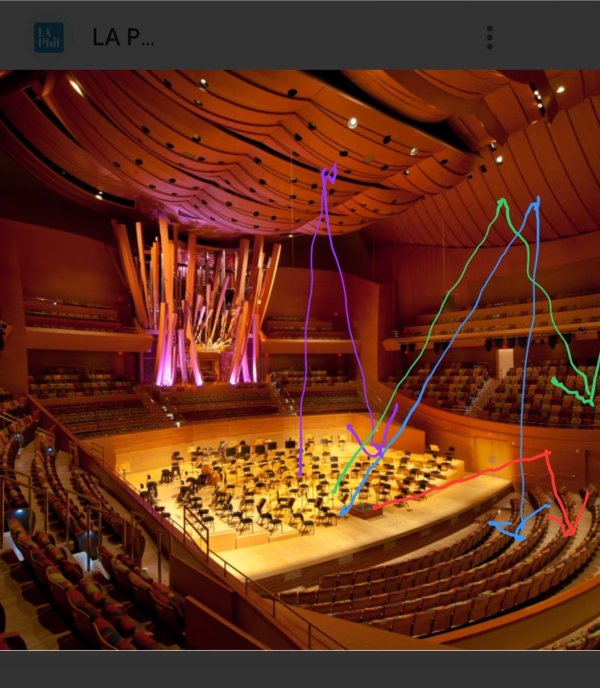Graham ... it is all just a design problem to be solved .. what are the acoustic targets, what is the room use, what are the decor restrictions and what is the budget .
This applies to concert halls, recording studios, dedicated rooms and living rooms and the principles are surprisingly similar as sound doesn't know where it is

Attenuated first reflections , absorbing excess bass and appropriatly damping the space are all thats needed
A good mastering studio should be similar to a good living room, live but clear. Sadly they are rare, most being built based on ideas from the 90's. Sean Olive recently did a study of bass in quite a few studios and the results were appaling .. not saying there arent some great studios but a lot of our music is mastered in poor rooms.
Living rooms are often open to other spaces and are built with lossy frame and sheet construction and dont need bass absorbtion. You can easily build the general absorbtion and relection reduction into the fabric of the building .. the more discreet the more costly or space eating.
Achieving these quite specific items with furniture is unlikely to be optimal but can be quite good .. after all the good performance of older halls is supposed, to some extent, be the results of attached pilasters and all the deep decorative molding reducing first reflections.
So your baroque revival living room might sound great

When use a well sealed room like Mike's it becomes way more difficult to control bass but can achieve amazing clarity through low ambient noise. It is possible to make these very pleasant spaces.. Bobvins and Mikes rooms are good examples.
Speaker radiation pattern can make a difference but easy enough to design for all comers.
One of the polarsing features of the eternal debate is the ugliness of off the shelf devices when placed in a living room. I think the industry needs to step up in this area
Retuurning to the topic of speaker placement I suspect the fine adjustments of speaker set up compensate for small irregularities between left and right.. when you see an acourate sweep of left and right in a perfectly symmetrical space there are all these fine non correlated wobbles.
But a good room is always going to make it dramatically easier you would think
Phil









